Multifunctional landscapes in extensive agroecosystems
 Uruguay
Uruguay
 Argentina
Argentina
Executive Summary
In Argentina and Uruguay, agriculture is an important economic pillar due to its exceptional production levels, which meet the population's needs and generate significant income. However, the expansion of agriculture, driven by technological advances, climate change phenomena, and market conditions, has harmed the environment. In both countries, agricultural practices are associated with excessive use of farm inputs and the adoption of intensive cropping sequences.
In this project, we aim to demonstrate that conserving natural or semi-natural environments and landscape diversification are important for restoring and maintaining essential crop ecological services. Among other benefits, these aspects promote agricultural yields, reduce dependence on agrochemicals, minimize the presence of pests and weeds, and reduce greenhouse gas emissions. We aim to achieve a sustainable transition through designing, implementing, and evaluating multifunctional landscapes. To this end, we will use methodologies that integrate satellite information, statistical tools, and machine learning for analyzing agricultural data, virtual landscape modeling, implementing and monitoring biodiversity-based solutions in the field, and communication strategies to share knowledge and promote adoption.
The technological solution
This initiative aims to promote the development of multifunctional landscapes in Argentina and Uruguay through sustainable practices. It focuses on improving the management of big data and enhancing governance through participatory mechanisms. The experienced team will address challenges by utilizing innovative approaches to optimize national data analysis and interpret environmental and socio-economic information for the productive sector in both countries. The procedure involves creating cross-sectoral strategies to broaden the impact of these transitions, with the ultimate goal of developing tools for landscape-level decision-making. The initiative also seeks to promote the diversification of agricultural systems with resilient production and contribute to food security in the Pampas biome. Specific goals include studying the impact of edges through precision agriculture, designing models for multifunctional landscapes, implementing and monitoring key aspects through territorial case studies, as well as managing knowledge and communications.
Results
The project is expected to have positive economic, environmental, and social impacts by contributing to national development agendas. It will lead to improvements in production, value added to derived products, and producers' incomes. The project aims to generate public policies that incentivize and bring transparency to market dynamics, as well as private agreements that expand production capacities. By developing models and conducting fieldwork, the project will gather information on practices that enhance production yields, optimize agricultural processes, and reduce environmental costs.
Emphasis will be placed on capacity building, technical assistance to producers, and training of human resources in academia and production. The results will be communicated during and after the project.
In terms of the business plan, the project will produce technical notes with yield maps, spatially explicit models, agricultural databases, scientific articles, workshop reports, communication material, work methodologies, and results reports. The project aims to make these tools available to increase farm profitability by reducing management costs and diversifying production. The business model is geared towards improving the competitiveness of producers and facilitating entry opportunities in national and international markets. These mechanisms will benefit producers who want to adopt more sustainable management practices, directly benefiting the agricultural sector and indirectly benefiting consumers, who will access more varied and higher quality food.
The business plan does not include generating income from producers or adopters, as the objective is to expand the implementation scope as much as possible. Alternative funding sources will be sought to continue activities beyond the project period. The model will rely on physical resources (infrastructure of participating institutions and collaborating producer groups), human resources (development of training and technical training grants), and financial resources (subsidies from various research projects).
Beneficiaries
Sustainable Development Goals
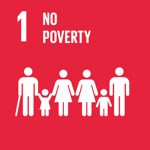

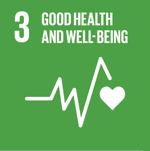
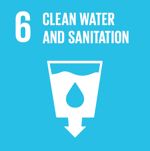
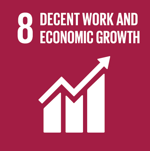
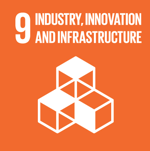
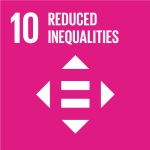

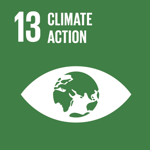
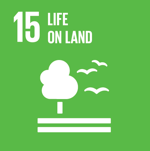
Participating Organizations
Executor
- Centro Uruguayo de Tecnologías Apropiadas (CEUTA) - Uruguay
Co-executor
- Universidad Nacional de Río Negro (UNRN) - Argentina
- Instituto Sudamericano para Estudios sobre Resiliencia y Sostenibilidad (SARAS) - Uruguay
Graphics and data
Financing by country (in USD)




































